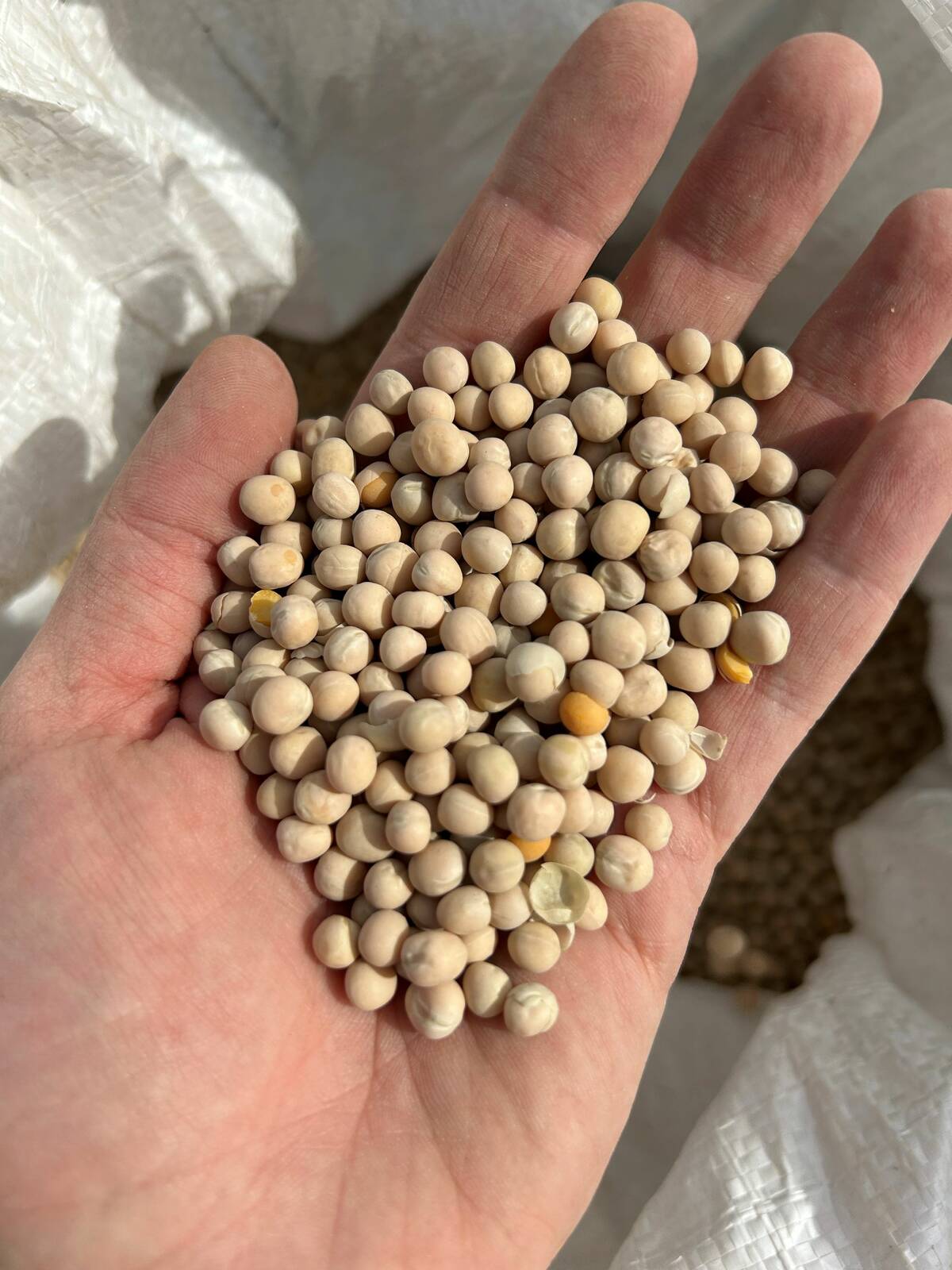A little rain was welcome for winter wheat seeding and other fall work but has hindered the remaining harvest in Manitoba, the provincial agriculture department reported today.
In its Sept. 24 crop report, Manitoba Agriculture, Food and Rural Initiatives (MAFRI) said the province’s cereal harvest was virtually complete but for some fields in the extreme northwest of the cropping area, at The Pas. Barley and old-crop winter wheat yields were around 70 bushels per acre, spring wheat 30 to 50 bu./ac. and oats “very good” at 100 bu./ac. New-crop winter wheat seeding is nearly done with an expected 30 per cent increase in acres; some farmers in the western central area await more rain before seeding.
Read Also

Pulse Weekly: Tariffs guide yellow peas in 2025
Tariffs were a major influence on Canadian yellow pea prices in 2025, with levies imposed by China and India. The two countries are Canada’s biggest foreign pulse buyers.
The canola harvest is also largely done in most areas, except for southwestern regions north of the Trans-Canada Highway and points further north, such as The Pas and Ste. Rose du Lac where green seed has become an issue.
Silage corn harvest is already underway and the grain corn harvest has started on a few fields but is expected to reach full swing in early October. Recent frosts have sped up the drydown process in the central region south of Portage la Prairie.
Soybean harvests are half complete and just getting underway in the central and eastern areas, respectively, with yields ranging generally from 35 to 50 bushels per acre, MAFRI said.
Sunflowers have matured and growers are using desiccants, helped in some areas by hard frost to aid drydown. The potato harvest is about half complete, with yields and quality reported average to above average, and dry conditions having an effect on potato digging.
Many cattle are expected to return to their home yards in the next week or two, MAFRI reported, and supplemental feeding is underway in areas where cattle are still on pasture. Frost and a lack of meaningful rain have led to further declines on tame and native pasture. Looking at first- and second-cut hay, lower-quality hay supplies are expected to be above average and dairy-quality hay supplies below average during the feeding season.














